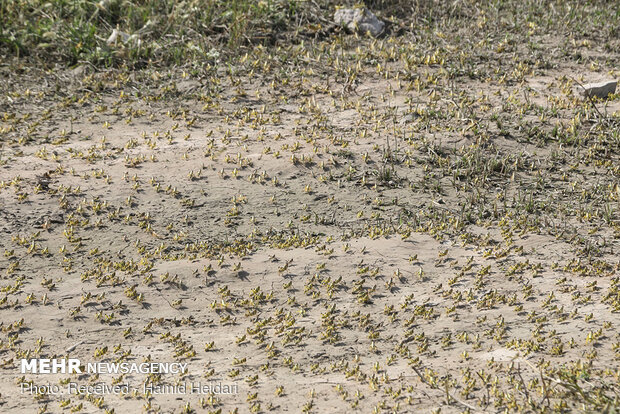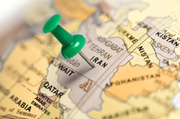FAO experts have traveled to Iran and the regional countries, from which the swarms of the locusts have come, to conduct the necessary studies on the main reasons behind the unprecedented outbreak, Dargahi added.
He expressed regret that had some regional countries taken timely measures to fight desert locusts, the number of swarms hitting Iran would have been much less.
According to the official, the locusts hitting Iran have come from Oman and the UAE and mainly from Saudi Arabia, but it is too early to say whether there has been any intention behind the outbreak.
In mid-February, FAO had sounded alarm on desert locust outbreak in northeast Africa and Saudi Arabia triggered by heavy rains.
According to FAO’s latest update released on April 3, desert locust situation is now improving along both sides of the Red Sea due to intensive control operations that treated more than 80,000 ha during March and due to drying conditions.
However, second-generation breeding is still in progress in some coastal areas of Sudan and Saudi Arabia where ecological conditions remain favorable, causing additional hopper and adult groups, bands and a few swarms to form.
The report adds that some adult groups moved to the spring breeding areas in the interior of Saudi Arabia and laid eggs in March.
Dargahi confirmed locust swarms that have swept some 300,000 hectares of farming lands in six of Iran's southern provinces, adding that the highly-dangerous swarms “can threaten our food security if we fail to control it”.
So far, in order to bring the situation under control aerial spraying of chemical insecticides has been carried out on 45,000 hectares of farming lands, Iran’s Crisis Management Organization announced on Tuesday.
Iran Plant Protection Organization and Agriculture Ministry are mainly tasked with fighting the pests, and the Crisis Management Organization will play its part in controlling the outbreak.
MR/4598004
























Your Comment